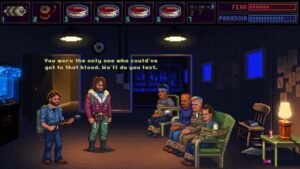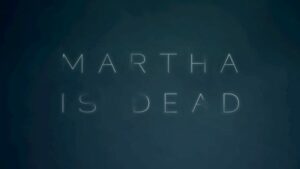
One of the loveliest indie games I’ve had the pleasure of playing in recent months is undoubtedly Rainbow Billy: The Curse of the Leviathan.
In my review, which was published last month, I praised its positive outlook, its enjoyable gameplay and storytelling that’s suitable for any age, and called it “the embodiment of wholesome gaming”. If you like the idea of a game that can make you feel warm and fuzzy inside, then Rainbow Billy: The Curse of the Leviathan should definitely be on your list.
But I was intrigued to learn more about the development of the game, and so reached out to ManaVoid Entertainment – Rainbow Billy‘s developers – to see if they’d answer some of my questions. The company’s CEO, Christopher Chancey, and the game’s Art Director, Anthony Vaucheret, took some time out of their busy schedule to chat all things Billy.
Advertisement
One thing that really caught my attention when researching Rainbow Billy: The Curse of the Leviathan over the course of my review was just how much the game had changed since its original concept. True, I imagine most games have a strong development arc that we don’t always get to see, but since ManaVoid had originally created a Kickstarter for the game, it was laid out for all to see. Rainbow Billy was originally known as Steamboat Billy, a nod to Disney’s early Mickey Mouse cartoon, Steamboat Willie. From its art style to gameplay features, the game underwent a huge transformation between 2018 and 2021 to become the game now available on storefronts. The original Kickstarter page and the published updates provide an interesting look at the game’s development, and it’s this I wanted to talk to Christopher and Anthony about in more detail.
“It didn’t make sense to stick with ‘Steamboat’ anymore… We wanted to stand on our own, because the project had its own story to tell.”
My first question was about the process that turned Steamboat Billy into Rainbow Billy. “We initially wanted the cartoon art style to emulate early Disney,” Anthony Vaucheret explained. “We loved that animation style as well, but we knew we were going to use modern tools and VFX to punch-up the game’s visuals. Our project name was ‘Steamboat Billy’ in reference to the Disney short of course. As we were developing the game, Billy’s story came to be and the art style grew more into a modern cartoon style. Colour also became such a strong pillar for the project that it didn’t make sense to stick with ‘Steamboat’ anymore. We wanted to stand on our own, because the project had its own story to tell.”
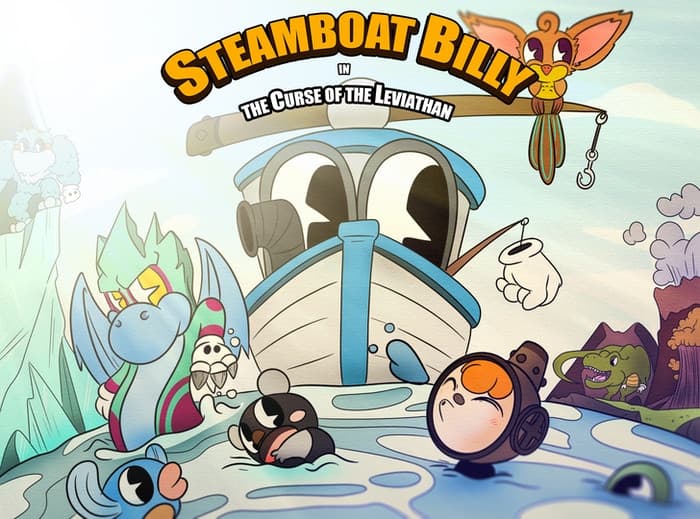
Christopher Chancey also provided a little bit of insight as to where the ideal for Rainbow Billy: The Curse of the Leviathan originally came from. “Anthony came up with the original concept of an adventure game with a boat navigating in between islands in a black and white cartoon artstyle,” he said. “I thought that the black-and-white aesthetic would get old quick and wanted it to be in colour. We compromised and made it start in black and white with an objective to recolour the world! We also introduced RPG and creature collection elements pretty early on. Billy’s story came in later in development.”
“A lot of things you think are fun at the concept stage really aren’t when you prototype it”
From looking at the game’s Kickstarter page, I’d read about several gameplay elements that didn’t make it into the final product. One in particular stood out to me: the Chroma Shader. With this, you’d collect blue, red and yellow shards as you progressed through the game. You could then use those shards to independently restore colour to part of the world, like a living colouring book. I asked specifically about the Chroma Shader, and if there were any other sacrifices that couldn’t make it to the final build.
“A lot of things you think are fun at the concept stage really aren’t when you prototype it,” Christopher explained. “So being a good game designer also means leaving things behind. The Chroma Shader did stay throughout the game; it’s just that instead of doing additive colouring in the world (which was super tedious), we just recoloured the entire thing when the confrontation on an island would be complete. We kept the additive colouring in confrontations though – you’ll notice that the colours come in one-by-one as you recolour the characters!”
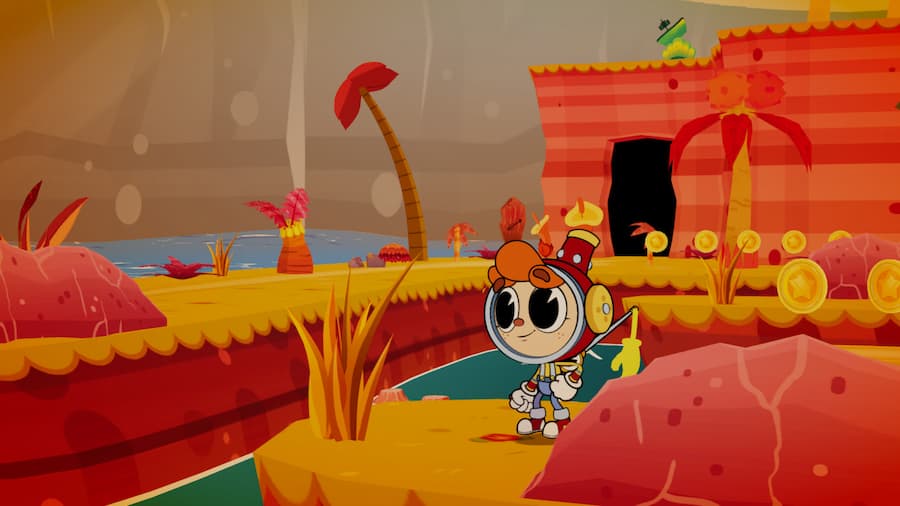
I also asked how using a crowdfunding platform had worked out for the team. “We love using Kickstarter to develop a community for a game early in development,” Christopher said. “It allows us to better understand what people like and dislike about the project before committing to too many things. It then just becomes about transparency and communicating the changes as efficiently as possible in order to keep everyone on board. We also offered refunds immediately to anyone who wasn’t feeling where the project was headed. Out of the 1,700+ backers we got during the campaign, I believe something like 8 asked for a refund as we communicated design changes during production.”
“The downside is definitely that you sometimes need to go back on certain things you said during the Kickstarter that just don’t make sense anymore once the game is being developed, but for the good of the game you have to make those decisions. As long as you are transparent about it with your community, I think doing Kickstarters early in production is a great way to get feedback and a community to bounce ideas off of.”
“Each time we got additional funds to make the project, we just raised the bar to the next scope level we had in mind.”
I’d asked if changing the scope of Rainbow Billy: The Curse of the Leviathan‘s development had been tough, but Anthony explained that the team had referred to the process as “holistic game development”.
“We had this big, great game in our minds since the beginning, but indie development being what it is we had different scopes lined up depending on the funding we would be able to raise for the project,” he said. “Each time we got additional funds to make the project, we just raised the bar to the next scope level we had in mind. Our partnership with Skybound really let us bring the game to its ultimate level and we’re really proud to have shipped a game that is the complete vision we had.”
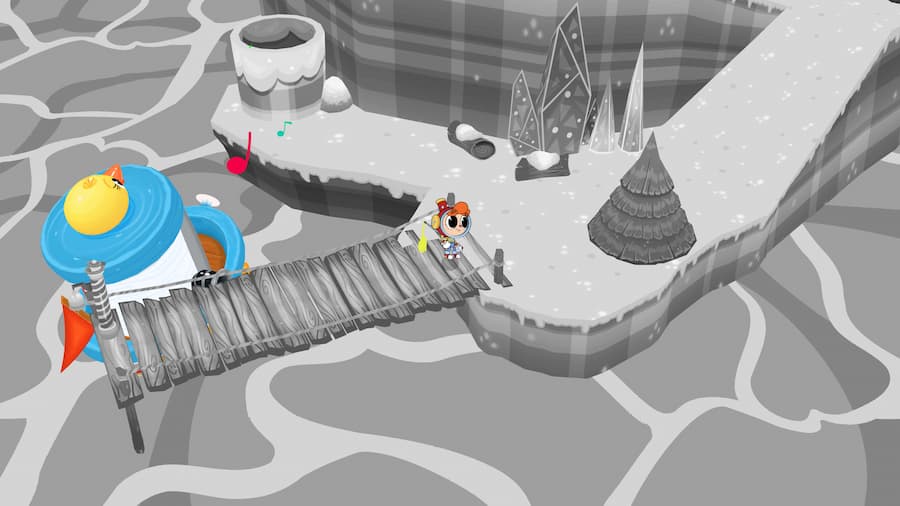
The part of the game that had seemed to change the most was combat – or Billy’s non-violent combat equivalent, where he uses words and colour-based actions to win over his enemies. Christopher elaborated on this a little more. “There was a match-3 system in there at one point! In the end, it was an article by James Batchelor on GamesIndustry.Biz that changed our mindset. He had written that in 2019 there were only 17% of games at E3 that were considered non-violent that year. We thought that was a sad statistic and decided that we would redesign the combat system into something more wholesome.”
“So our combat became ‘confrontations’ where you need to listen and talk through what the characters are going through in order to figure them out and recolour them. The confrontations became based on communications and colours instead of attacks and defences.”
“In 2019 there were only 17% of games at E3 that were considered non-violent that year. We thought that was a sad statistic…”
It’s a change that definitely works for the best in the context of Rainbow Billy’s world. That colourful little guy would look very much out of place swinging a punch at his enemies! Rather, in Rainbow Billy: The Curse of the Leviathan, nobody truly is your enemy; it’s all about understanding their way of thinking and having them understand yours. A lesson we can all learn from when it comes to tension and confrontation.
Indeed, a theme of ‘the power of friendship’ runs through the very fabric of the game, and this was something I was keen to learn more about. Had it always been important, or was it something that developed over time?
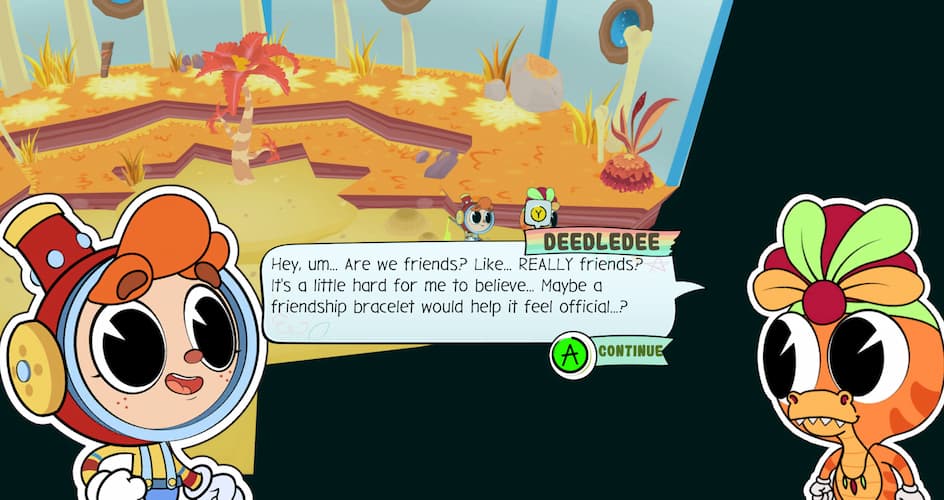
“We definitely had the intention to make a game that was all about positive vibes, but the wholesome part of it kind of grew organically as Billy’s story came into play,” Christopher explained. “I think it’s important to discover the game you’re making as you are making it. When we switched from traditional RPG combat to dialogue-based confrontations, we decided that ’empathy’ would be an important design pillar and that made us lean much more into the friendship part of these characters you were encountering.”
Billy themself is of course the backbone of all of the friendships you forge throughout Rainbow Billy: The Curse of the Leviathan. And so I asked about the inspiration behind Billy and his pal, Rodrigo – a talking ‘punching rod’ that accompanies him on his travels.
“It’s important to discover the game you’re making as you are making it”
“We wanted to build Billy as a character that could go on many adventures, a bit like the Indiana Jones franchise,” Christopher revealed. “So we knew that the character needed to be iconic. In early designs, we wanted Billy to be a silent protagonist that anyone could project themselves in, so we made the character shy. In order to showcase the contrast with Billy we made Rodrigo, a snarky and sassy character who doesn’t think before saying what passes through his mind. This contrast helped us a lot when developing the confrontations, where Billy and Rodrigo can act as good cop and bad cop together.”
“We realised as we were developing the game that there was a lot of what we were building that was essentially the story of a child going through identity discovery,” he continued. “So we decided to explore that all the way and surrounded ourselves with consultants to do right by Billy’s coming-of-age story.”
As for whether we’ll see Rainbow Billy in another adventure, ManaVoid’s response was pretty conclusive to me. “Billy’s story is far from over,” according to Christopher. “The reception and reviews so far are incredibly heart-warming, we couldn’t be happier! Now we hope to reach as many people as possible in order to see if they want Billy’s story to continue as well.”
We certainly do. Thank you to Christopher Chancey and Anthony Vaucheret for taking the time to talk to us. If you’re interested in Rainbow Billy: The Curse of the Leviathan, it’s available now on PS4, Xbox One, Switch and PC.
- 2019
- 7
- Additional
- Adventure
- adventure game
- aesthetic
- All
- Animation
- Art
- article
- BEST
- Bit
- Black
- board
- build
- Building
- Campaign
- cartoon
- caught
- ceo
- change
- child
- committing
- Communications
- community
- continue
- credit
- Crowdfunding
- Design
- designer
- detail
- develop
- developed
- developers
- developing
- Development
- Director
- discovery
- Disney
- e3
- Early
- efficiently
- encountering
- Entertainment
- fabric
- Features
- Figure
- First
- Franchise
- Friendship
- fun
- funding
- funds
- game
- gameplay
- Games
- good
- great
- How
- HTTPS
- huge
- i
- idea
- Identity
- important
- Indiana
- Inspiration
- Interview
- IT
- kickstarter
- LEARN
- Level
- List
- Long
- love
- Making
- Modern
- months
- order
- Other
- Outlook
- Partnership
- PC
- People
- Pillar
- platform
- play
- Playing
- Positive
- power
- Process
- Product
- Production
- project
- protagonist
- ps4
- punch
- raise
- redesign
- response
- Revealed
- review
- Reviews
- sense
- Short
- So
- Stage
- start
- stay
- storytelling
- Switch
- system
- talking
- The
- the world
- theme
- Thinking
- time
- traditional
- Transformation
- Transparency
- us
- vision
- What
- WHO
- Wikipedia
- win
- words
- works
- world
- xbox
- Xbox One
- year
